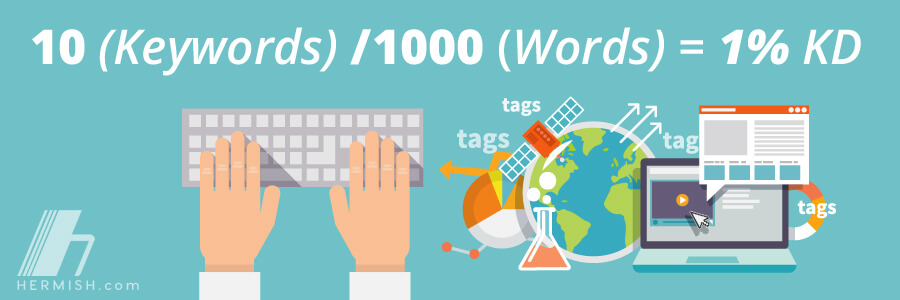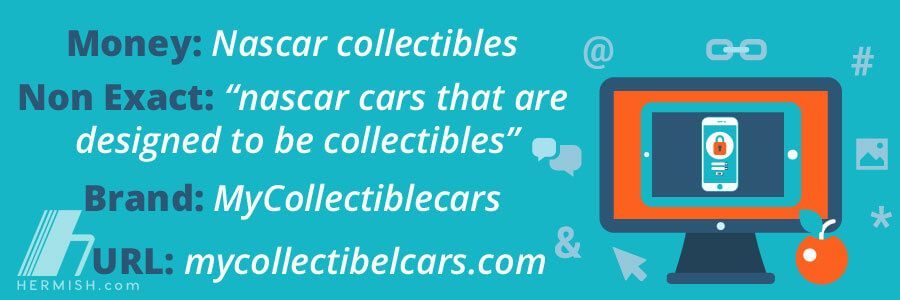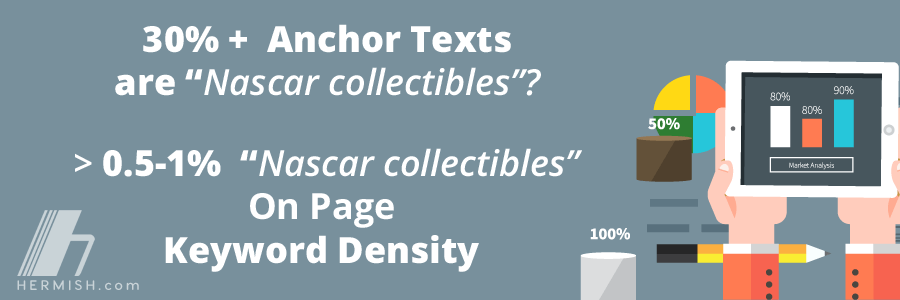Keyword Density VS Inbound Linking Explained
Contents
In the past 10 years, the SEO industry has gone through dramatic changes. While it’s all thanks to Google that search results have cleaned up, it’s also thanks to Google that many legit sites lost ranking. In many ways, Google is the driving force behind the SEO industry. In fact, many little details on ranking is misunderstood by our fellow industry brothers and sister. Today, I want to discuss on-page keyword density versus inbound linking.
What is Keyword density?
In simple terms, keyword density is how many times a specific keyword is mentioned on your websites (on-page keywords). For example, if your keyword is nascar collectibles, the number of times you use nascar collectibles on your website determines the density. Let’s talk math here. If you have a 1000 word article and you mention nascar collectibles 10 times, that’s a keyword density of 1% (10 divided by 1000). But, wait…how about the other keywords outside the article? Well don’t worry we’ll discuss that in a bit. For now, let’s use basic per article density, so it’s easy to understand.
 The above paragraph is 185 words from “In simple terms…” to “…easy to understand.” Nascar collectibles are mentioned 3 times as a phrase, this means the density is around 1.6% (3 divided by 185).
The above paragraph is 185 words from “In simple terms…” to “…easy to understand.” Nascar collectibles are mentioned 3 times as a phrase, this means the density is around 1.6% (3 divided by 185).
What is Inbound linking?
Simply put, inbound links are the links that are pointing to your page where you have content you want to rank.
This is kind of the core of SEO. The links that come to the page/website with your article. So, if the above article was on a page called (I made this up) www.mycollectibelcars.com/nascar-collectibles; the links to this page would be the “inbound links.” The links can be straight money keyword like “Nascar Collectibles,” or “Read more” or even full url. It will depend on many factors.

Now, links can be from millions of sources: from other websites, from blogs, from social platforms like facebook, and the list goes on. The source and quality of links is a topic for a different article guys.
Just a side note guys, “linking” is somewhat blackhat for Google if it’s “paid links.” But if you got them naturally, it’s considered a good thing. In future articles, I’ll talk about how to get natural links (white hat) back to your site without buying them, and it’s not hard by any means – no worries.
Inbound links and on-page keyword density are inversely related. Basically, the higher the amount of direct money keywords to your page, the lower the keyword density. On the other hand, the lower the amount of direct money keyword links, the higher the density. Complicated right? Not so much guys.

I’ll try to explain it simply. If your page is www.mycollectibelcars.com/nascar-collectibles, and you link the keyword Nascar collectibles to the page at a high rate (over 30%), you will need to lower your keyword density on the page. Meaning, don’t use the word nascar collectibles (on page) more than 0.5 – 1.0%. On the other hand, if you link keywords like read more, full url and keep money keyword linking to around 5-10%, you can increase keyword density to 1.5 – 3.0%. Of course guys this is industry specific, meaning some places a bit more, some a bit less. It’s all relative.
I’ll try to give you an average chart here of density vs linking.
| Inbound Links % | On-page Keyword Density % |
| 5.00% | 2.00 – 3.00% |
| 10.00% | 2.00 – 3.00% |
| 15.00% | 1.50 – 2.50% |
| 20.00% | 1.50 – 2.50% |
| 25.00% | 1.00 – 1.50% |
| 30.00% | 0.50% – 1.00% |
| 35.00% | 0.25% – 0.50% |
| 40.00% | ~ 0.25% |
| *I don’t recommend going over 40% money keywords. | |
- Inbound links % means exact anchor text like “nascar collectibles”, as in the example.
- Non-exact anchors are also related, so if you did “nascar cars that are designed to be collectibles”. That would still count as money anchors and would increase your % of links.
- Keyword Density is the % (percent) of keywords you should have on the page depending on the % (percent) of exact anchors or latent anchors.
In conclusion guys, I hope this simple overview of keywords and linking helps. It’s a basic guide, and I’ll be expanding on it in my follow up articles.

Comments